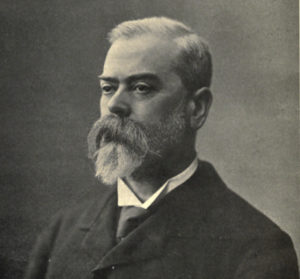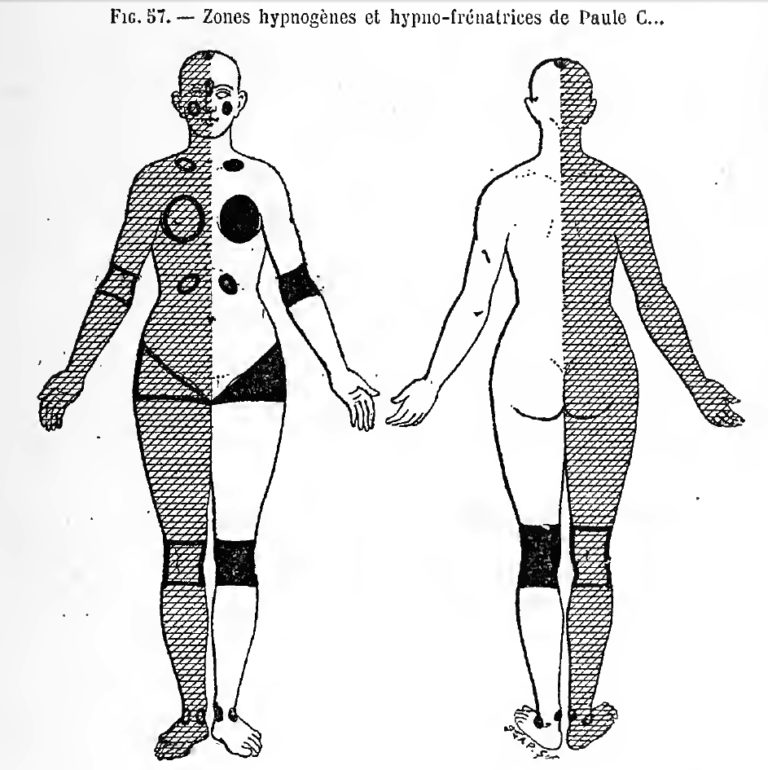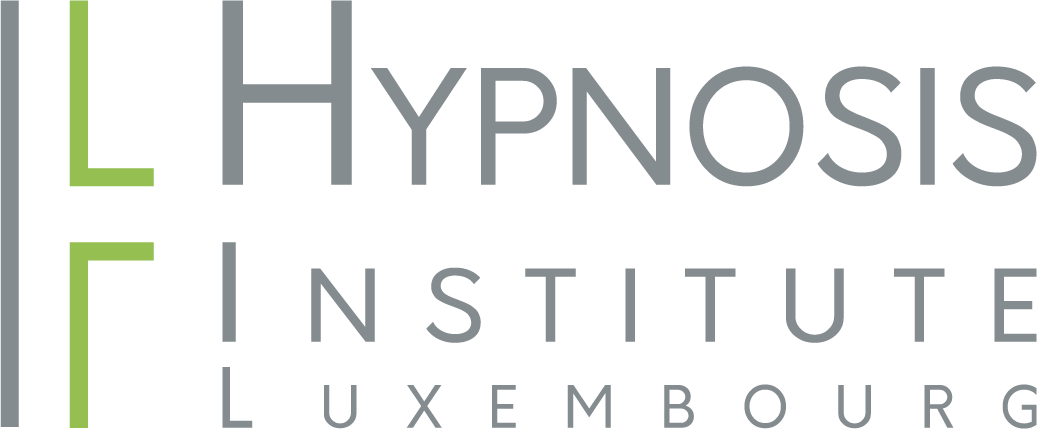Milne Bramwell

John Milne Bramwell (May 11, 1852 – January 16, 1925) was a Scottish physician, surgeon and specialist in medical hypnosis. He was born in Perth and educated at the University of Edinburgh.
His father had seen James Esdaile (1808-1859) at work and as a child Bramwell had seen his father re-enact Esdailes mesmeric experiments. While studying medicine at Edinburgh University, he was influenced by John Hughes Bennett (1812-1875), author of The Mesmeric Mania of 1851, With a Physiological Explanation of the Phenomena Produced (1851), which revived Bramwell’s interest in hypnosis.
On March 28, 1890, Bramwell gave a public demonstration in Leeds on the use of hypnosis for dental and surgical anesthesia.
He traveled extensively in Europe and visited most of the important centers of hypnosis. He also directly observed the work of Hippolyte Bernheim (1840-1919) in Nancy, Jean-Martin Charcot (1825-1893) at the Salpêtrière in Paris, Frederik Willem van Eeden (1860-1932) and Albert Willem van Renterghem (1846-1939) in Amsterdam, Ambroise-Auguste Liébeault (1823-1904) in Nancy and Otto Georg Wetterstrand (1845-1907) in Stockholm, in their respective clinics.
Bramwell, who had visited Charcot, the famous French neurologist and founder of the “hysteria school” at the Salpêtrière Hospital in Paris, characterized Charcot and his work as a relapse into mesmerism.
Around 1885, an associate of Charcot, Albert Pitres, another famous French neurologist at the Salpêtrière Hospital, went even further in a throwback to phreno-mesmerism, claiming to have zones hypnogènes, or “hypnogenetic zones”, which, he said, put people into the hypnotic state when stimulated, and zones hypnofrénatrices or “hypno-arresting zones” which, when stimulated, brought people abruptly out of the same hypnotic state (Pitres, 1891, passim).
Bramwell also visited Nancy on two occasions. From his observations and conversations there, he had the impression that Hippolyte Bernheim and Ambroise-Auguste Liébeault had done little other than reproduce Braid’s earliest findings. Bramwell was also certain that they knew nothing of Braid’s later developments of his theories and practices, his changing terminology and his mature understanding of the applications of hypnotic suggestion

Pitres’ 1884 diagram of the “hypnogenetic zones” and “hypno-arresting zones” on his patient “Paule C-“
In Bramwell’s view, the theoretical position advocated by Braid at the end of his life (i.e. 1860) was much more advanced than anything propagated by the “suggestion school” in Nancy thirty-five years later.
In the history of hypnotism, especially in relation to its development from mesmerism, there are some facts that should never be forgotten.
Elliotson and Esdaile, however wrong they were in their theories, were far ahead of their colleagues.
In the midst of much falsehood, they discovered real phenomena, investigated them in a scientific spirit, and successfully applied their knowledge to relieve pain and cure disease.
Further, when we deal with theories, we shall see that their errors and mistakes were reproduced in exaggerated form by Charcot and his disciples.
Braid did not destroy mesmerism by the root, and substituted hypnotism as something entirely different in its place.
One might rather say that he took over the business of his predecessors, wrote off as worthless much of what they regarded as assets, and reconstructed an enterprise on new lines.
Braid’s views, too, as already mentioned, were subject to constant change and development; and I hope to show, in discussing hypnotic theories, that in the end he held opinions far in advance of those generally accepted today.
Bramwell, Hypnotism, etc. (1903), p.39.
Together with other members of the Society for Psychical Research, such as Henry Sidgwick (1838-1900), William James (1842-1910), Frederic Myers (1843-1901), Charles Lloyd Tuckey (1854-1925), Eleanor Sidgwick (1845-1936), Edmund Gurney (1847-1888) and Arthur Myers (1851-1894) – Gurney and the two Myers brothers had visited both the Salpêtrière and Nancy in 1885 – Bramwell thoroughly investigated hypnosis and hypnotic phenomena scientifically and through his lectures, public demonstrations, research and publications did much to expand knowledge of the potential of hypnosis, particularly as an effective form of medical intervention.
